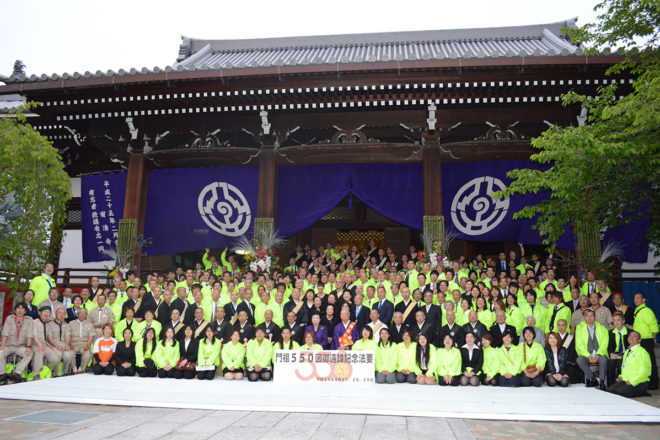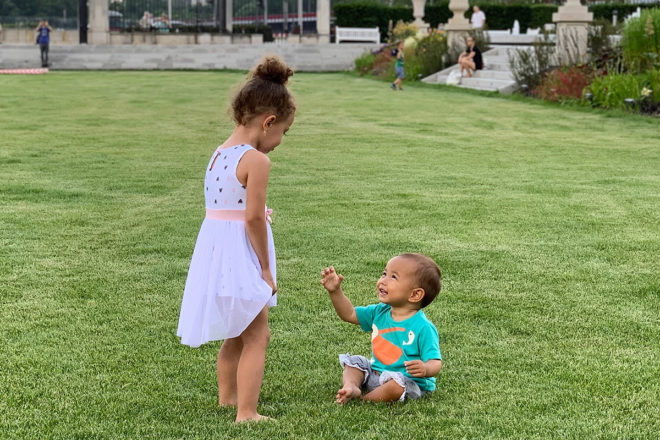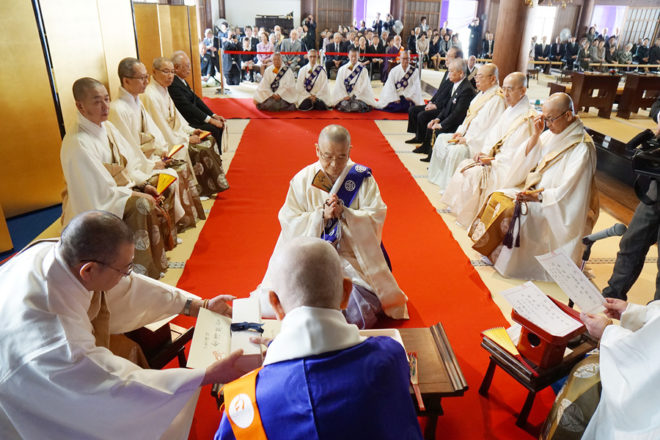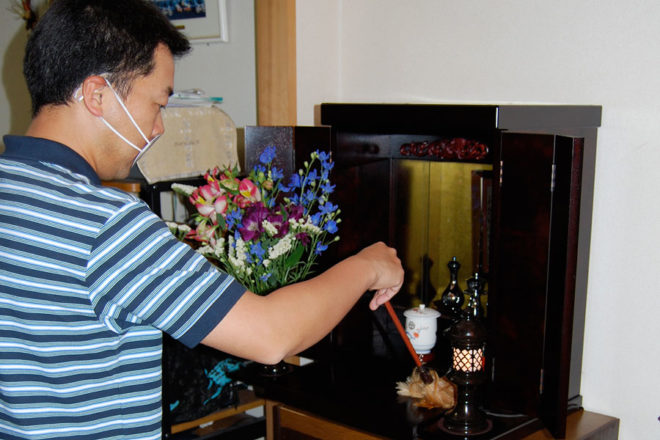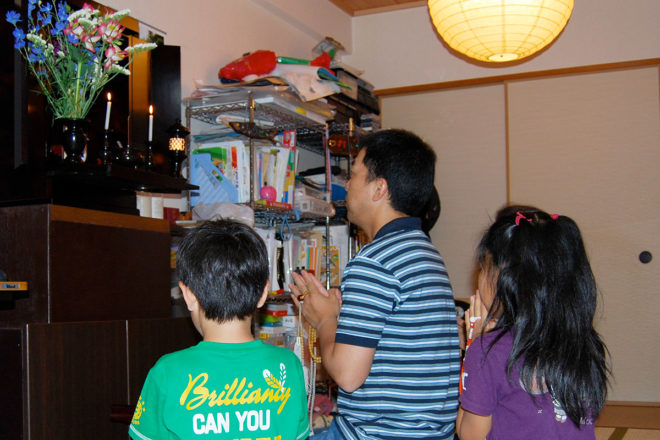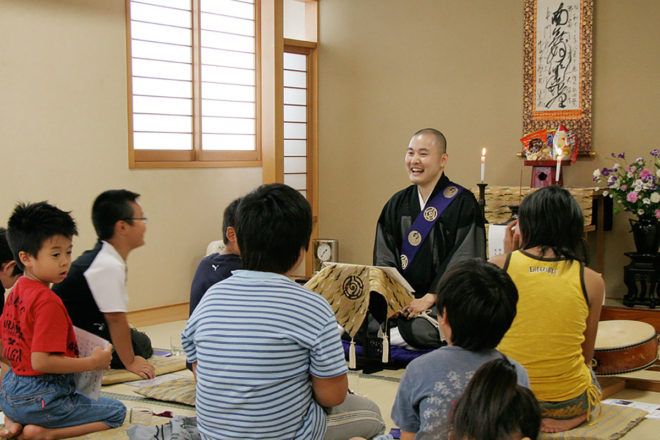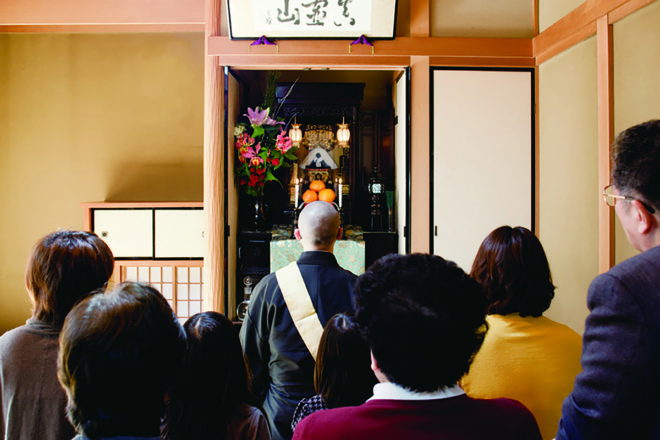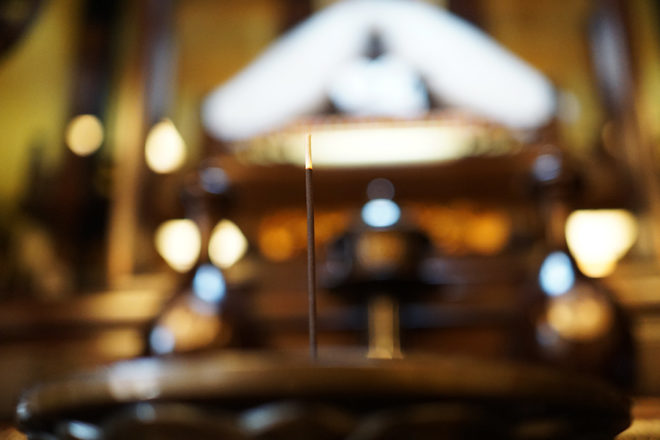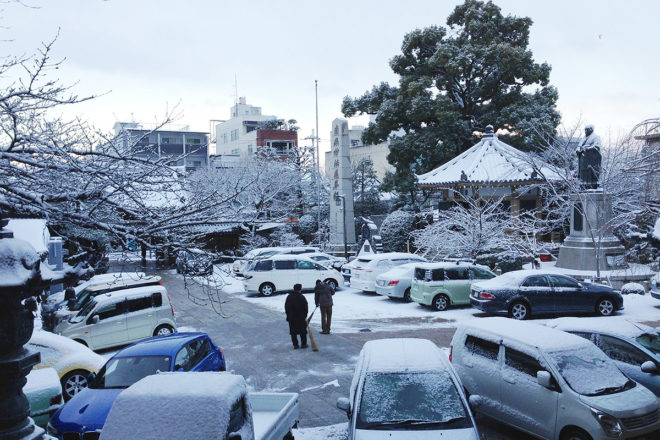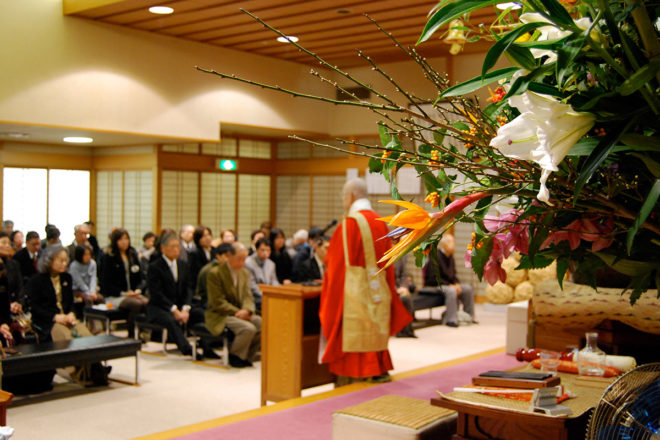The relationship between priests and lay believers
I was asked a question from one of our members the other day, “You state ‘Okyomu-san is none other than disciples of the Primordial Buddha and Nichiren Shonin because they engage themselves in teaching and propagating the Odaimoku day in … Read More


